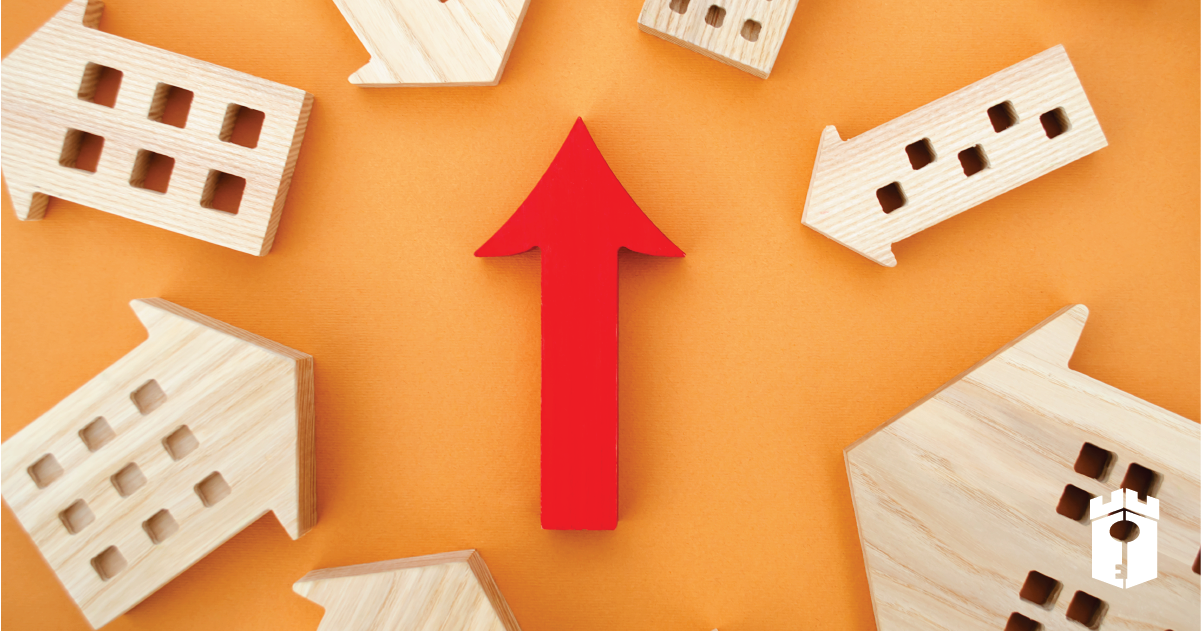
Despite high interest rates, home prices still increased between 2022 and 2023. Depending on where you are in the country, you could see some relief in 2024, or see even more increases.
However, for many families, homeownership is still within reach (and, as always, buying a home can be an excellent way to build wealth).
When it comes to the price of homes, many things play a role, from land prices to the speed of construction and the inventory of existing homes.
Cost (and availability) of land
One of the biggest costs of buying a home is the price of the land. Prices per acre for residential land increased by 10% in 2021, and recreational land increased by 8%, according to the most recent Land Market Survey by the Realtors® Land Institute.
Local zoning rules and availability played a big part in that (and have done so for at least five years), according to the survey. And it makes sense. If your local city council sets aside large swaths of land for public parks, thereby limiting where homes could have been built, prices on any remaining lots will go up (as will prices on the land underneath existing homes). If cities around the country set aside less land for housing in this manner, prices will rise everywhere.
Home builders and construction
Land prices lead directly to the next major factor for housing supply: how fast new homes are built. Statisticians often refer to housing starts, meaning the number of homes builders have started working on, to better understand this factor. They also track the number of new building permits and completions, and all these numbers combined give developers an idea of when and where to build to maximize their future profits.
Since the Great Recession of 2008, when homebuilders shut down operations across the country, housing starts have remained historically low, according to a doctoral thesis published by Mohamad Ali Hasbini, of the University of South Florida.
Another piece of the puzzle is the cost of materials such as concrete, lumber, siding, roofing, windows, and wiring. After we saw the price of lumber shoot through the roof thanks to pandemic-related production, construction supply chains are worth keeping in mind.
Finally, let’s not forget about the cost of labor (which is also subject to the laws of supply and demand). In addition to contractors such as plumbers, carpenters, and framers, building a home means paying architects, engineers, building inspectors, and more. A shortage in any of these professions can slow projects down.
Whether it's an increase in the cost of materials or labor (or something else), consumers eventually pay the price. And when houses cost more to build, they cost more to buy.
Even when there are enough workers, enough land, and enough building materials, the average time to build a house is about two years. If there were problems with builders two years ago, present day inventory will be low (and vice versa).
How getting under contract can help
While it's true that houses can take awhile to build, purchasing a new home can have big benefits for first-time homeowners. Not only do you get exactly what you want without the hassle of remodeling or repairs, you can start building equity even while the home is under construction.
Demographics
Brand new homes make up only one part of the residential housing market. The other part is existing homes (previously owned homes). The supply of existing homes can increase based on factors such as population age: if a given area has a lot of people close to retirement, you can expect the inventory of large family-style homes to increase (and prices to drop) within a few years, for example.
Learn more about how prices are set
This article is part two of the Home Prices, Explained series. To learn more about how supply and demand impact housing costs, read part one. For details about demand-related factors, read part three.


